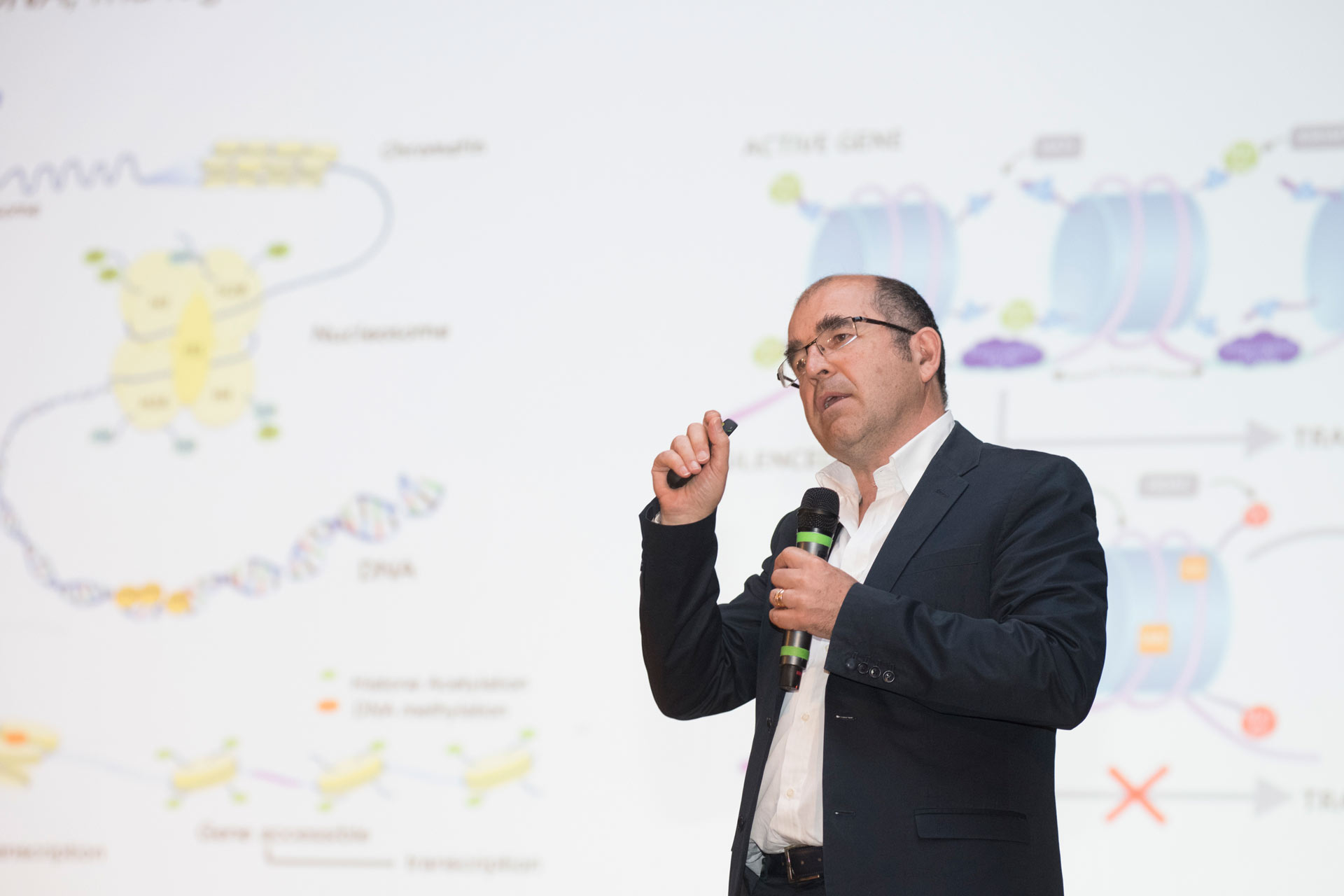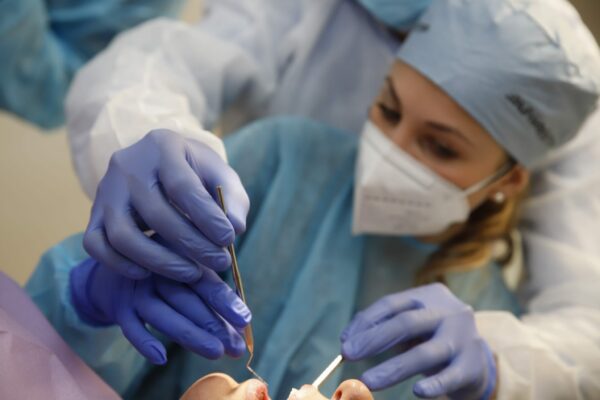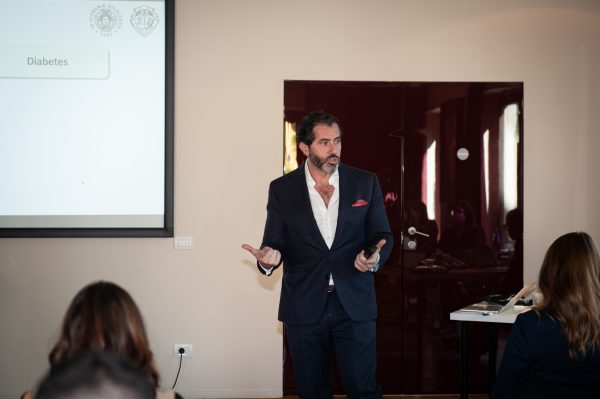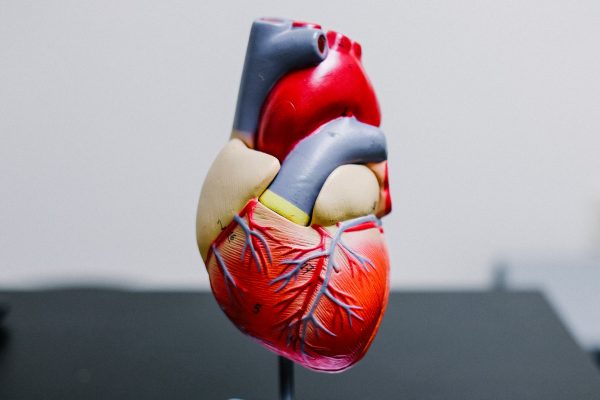Periocampus Journal Club
Discussing periodontology studies with the Periocampus community.
In 2004 Axelsson and Lindhe published the results of a significant study on periodontal maintenance therapy. Professor Cristiano Tomasi gave us his comments about it, highlighting the importance of supportive therapy.
There is one fundamental article that I would recommend everyone to read, authored by Axelsson and Lindhe (The long-term effect of a plaque control program on tooth mortality, caries and periodontal disease in adults. Results after 30 years of maintenance. – PubMed – NCBI) and published in 2004 in the Journal of Clinical Periodontology. In fact, this paper reports the results after 30 years of maintaining a group of patients involved in a very famous study from twenty years before. What’s important about this study is that it proves that good maintenance and accurate supportive therapy are fundamental and can bring remarkable results.
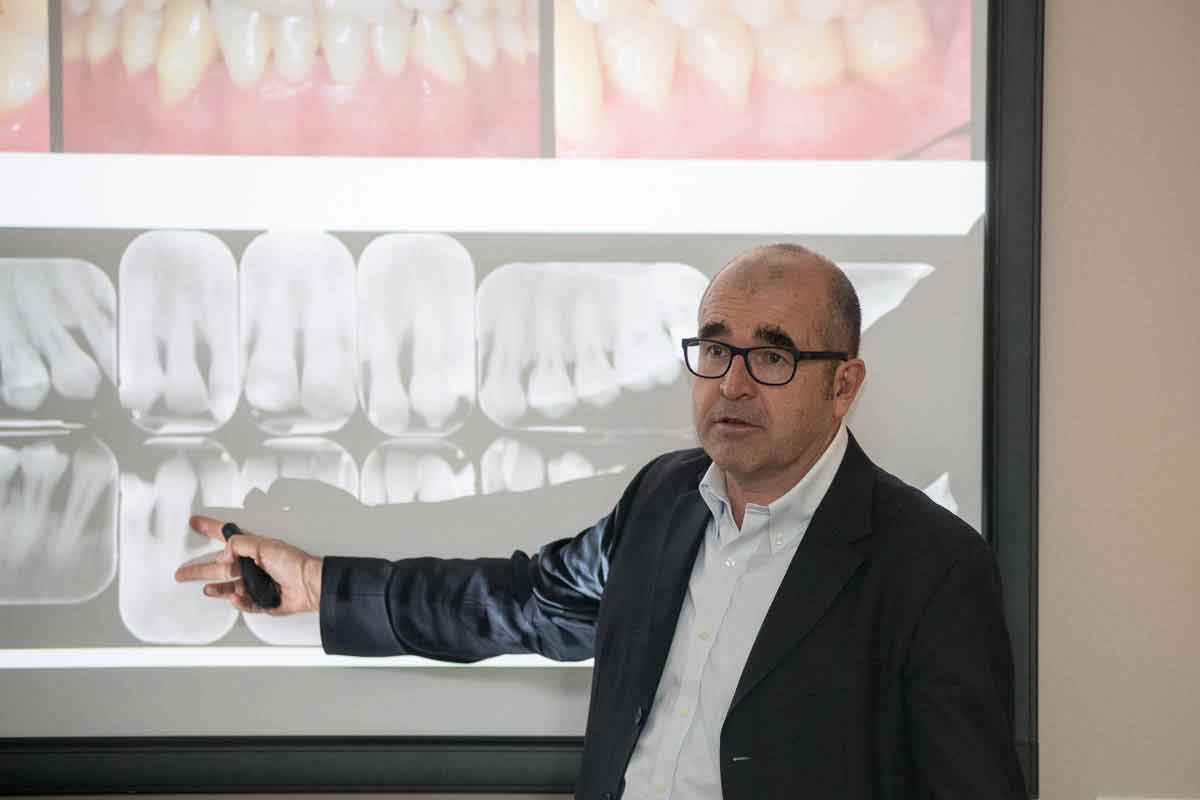
Axelsson, Nystrom and Lindhe reported data on more than 350 patients which, after having taken part in the two-year research period reported in the original article in 1981, were included in a maintenance program, specifically designed according to the needs of each patient. Depending on their risk levels, patients would be called back three, four or even just one time per year. What’s interesting is that all these patients were followed for 30 years and, if we look at the results in terms of tooth loss, progression of periodontitis or caries, they are spectacular! Bear in mind that they were dealing with a 50+ year old population on average. An adequate supportive therapy and a suitable maintenance virtually brought to an absolute reduction in terms of risks for extraction, as very few teeth were lost and if so, it was mainly due to fractures or traumas. Cavities and periodontitis were virtually under total control, with a really notable stability of tissues. Actually, only 21 teeth were lost to progressive periodontitis or caries!
Why is this study so important?
This study proves the importance of supportive and maintenance therapy, but also demonstrating the role of plaque and bacteria. Obviously, there were limits to this study as well, as all these patients were treated in a single private dental practice. There was a certain uniformity in their treatment, thus we have to be careful in interpreting the results and comparing them with other countries and studies. The study was conducted in Sweden and under quite controlled conditions. Nevertheless, the main point is that it proved a principle, and by adhering to it, we may expect similar results in our practice as well.
I believe that this study is of utmost importance for both periodontology and cariology, and that’s why I think everyone should read it carefully, as it really gives us valuable information. In addition, if you read it in detail, you will also see that it includes a notable statistical analysis, with graphs that effectively show what I have just described, and the accurate work carried out by the authors in data collection.
This is without a doubt one of the cornerstone studies in periodontology, so allow yourself some time and read it with care!

